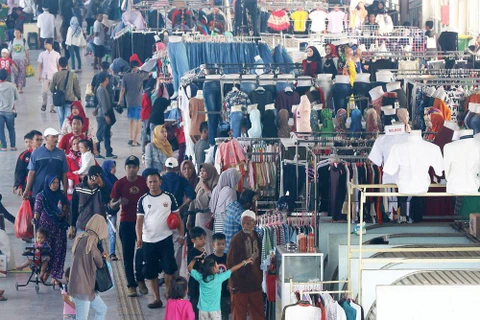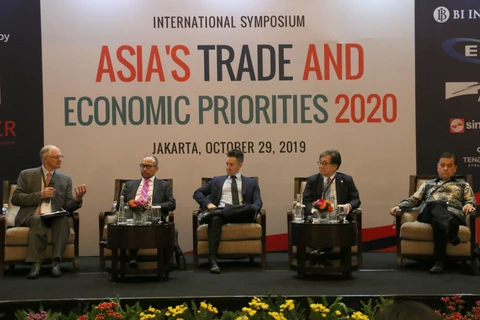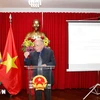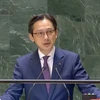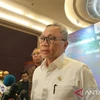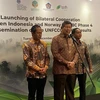Jakarta (VNA) – The Statistics Indonesia (BPS) announced on November 4 that the country’s economic growth reached 5.02 percent in the third quarter, the lowest level in more than two years.
The figure was close to the 5.01 percent growth expected in Reuters poll and lower than the 5.05 percent expansion in the second quarter.
Though Indonesia, the largest economy in Southeast Asia, relies more on domestic demand, its growth has also been hurt by slowing global trade as the US-China tariff dispute affected its exports. That in turn has dented consumer sentiment and overall domestic consumption.
The Bank Indonesia (BI) has cut interest rates four times by a total of 100 basis points since July, and is expected to ease again in the coming months.
President Joko Widodo, who won re-election in April promising more investment opportunities, is under pressure to avoid a sharp downturn. However, Widodo has little headroom to open the fiscal spigot as government income has been hit by weak corporate earnings and the broader slowdown.
In his inauguration last month, Widodo reiterated his ambitious plans of making Indonesia one of the world’s top five economies by 2045 with a GDP worth 7 trillion USD. And to do that, investment must play a much bigger role.
Reflecting lowered expectations, Finance Minister Sri Mulyani Indrawati in August cut the 2019 GDP growth outlook to 5.08 percent, compared to a target of 5.3 percent.
On November 4, she said the fiscal deficit would be allowed to widen to 2 percent of GDP this year, up from 1.84 percent originally planned, due to revenue pressures./.
VNA

